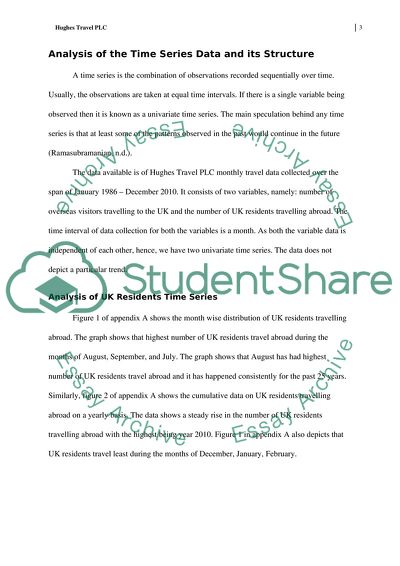Cite this document
(Forecasts for the Year 2011 for Hughes Travel PLC Coursework - 1, n.d.)
Forecasts for the Year 2011 for Hughes Travel PLC Coursework - 1. Retrieved from https://studentshare.org/statistics/1750421-marketing-analysis-and-forcasting
Forecasts for the Year 2011 for Hughes Travel PLC Coursework - 1. Retrieved from https://studentshare.org/statistics/1750421-marketing-analysis-and-forcasting
(Forecasts for the Year 2011 for Hughes Travel PLC Coursework - 1)
Forecasts for the Year 2011 for Hughes Travel PLC Coursework - 1. https://studentshare.org/statistics/1750421-marketing-analysis-and-forcasting.
Forecasts for the Year 2011 for Hughes Travel PLC Coursework - 1. https://studentshare.org/statistics/1750421-marketing-analysis-and-forcasting.
“Forecasts for the Year 2011 for Hughes Travel PLC Coursework - 1”, n.d. https://studentshare.org/statistics/1750421-marketing-analysis-and-forcasting.


